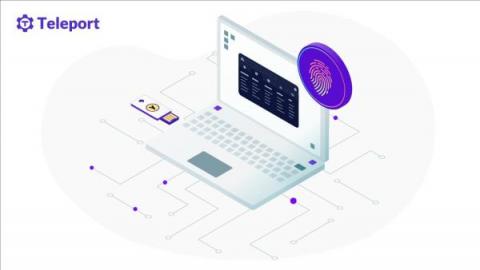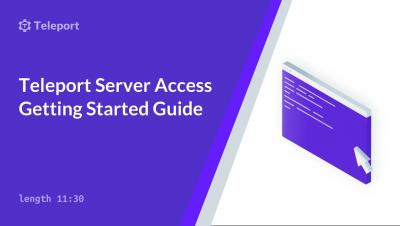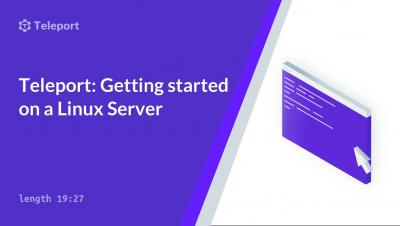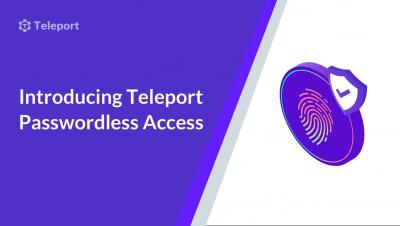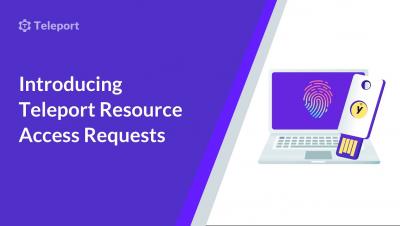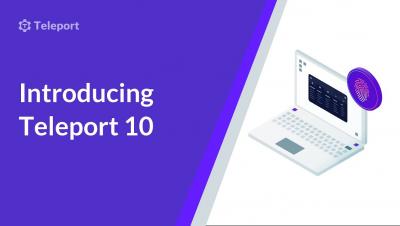How to Access Infrastructure Without Usernames and Passwords
A password is a secret, and a secret can be lost, stolen or traded on dark web marketplaces. Most engineers know this, that’s why every SSH tutorial begins with the instructions for disabling passwords and enabling private/public key pairs. But a private key is just another form of a secret. In this article, I will try to explain why all forms of secrets are bad for you.


